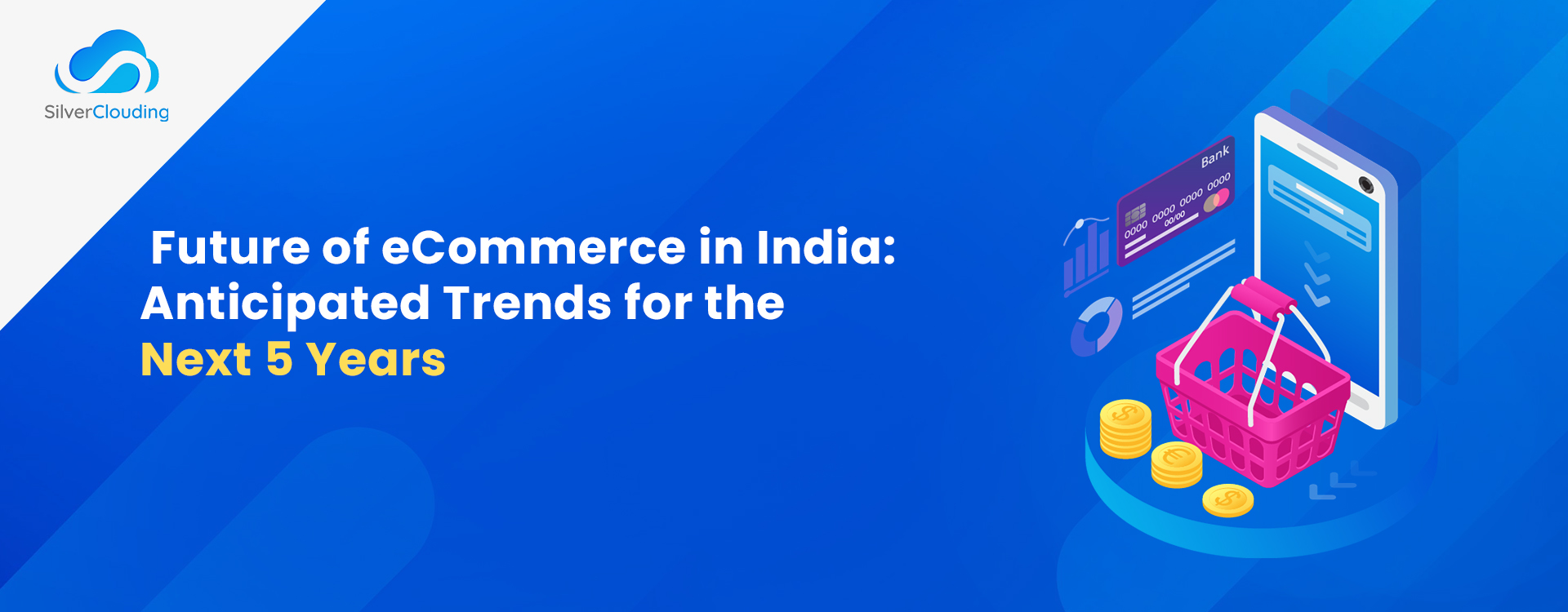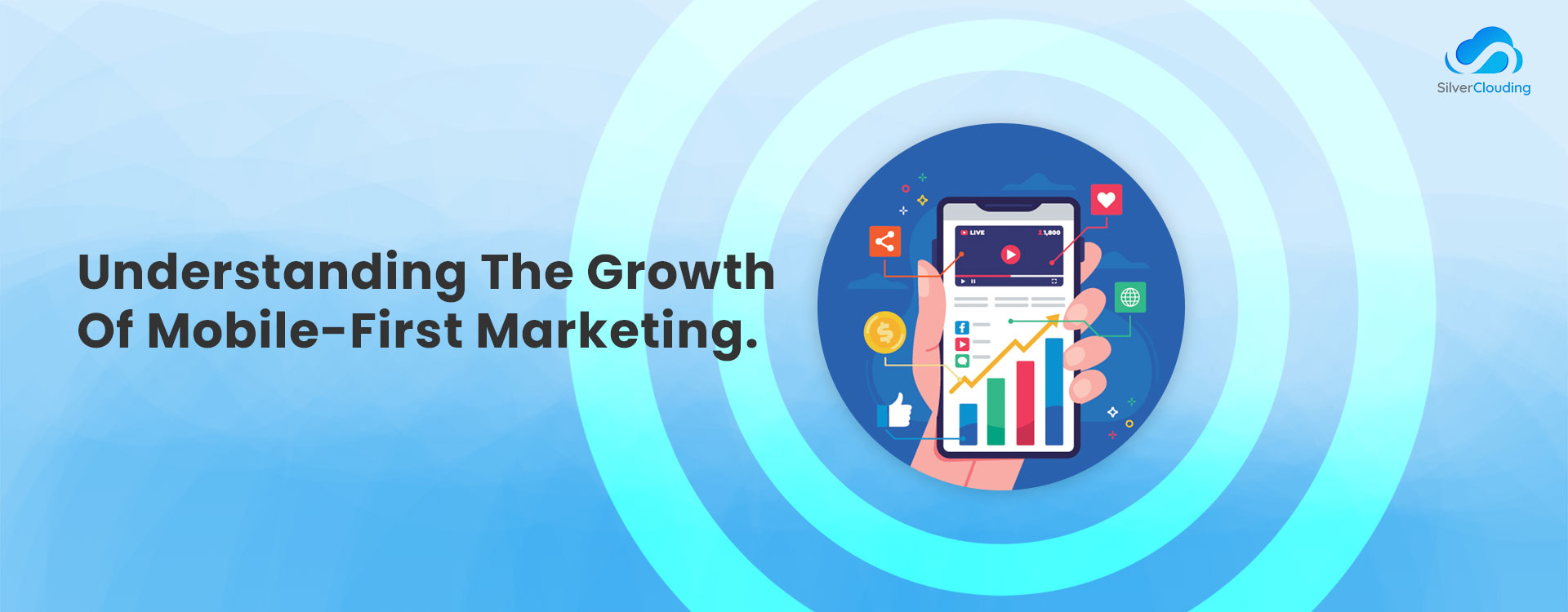The e-commerce sector is constantly evolving, and the future trends of ecommerce will be no exception. More than ever, businesses are building or enhancing their online stores to serve their customers better. Despite the impression that ecommerce as a whole is evolving, we focused on the key emerging trends in e- commerce that will impact businesses in the coming months and years.
GroupM anticipates more subdued outcomes and mentions the e-commerce industry’s growth rate. According to the estimate, e-commerce will account for 25% of global retail sales by 2024 and, by 2027, will be responsible for selling 10 trillion U.S. dollars worth of goods and services. China has already emerged as the segment’s top gainer, and in 2021, the country’s share in e-commerce will rise to 27.3%.
We shall talk about the size of e-commerce in India in this article. The foreseeable future? How come that way? And what dangers might it encounter?
9 Ecommerce Trends Leading the Way
Introducing Delivery Drone:
With the rise of ecommerce in India and improved features, the same-day delivery system will advance even further into the future. Delivery systems using drones would not only reduce CO2 emissions but also be the quickest and most human-error-free systems available.
Amazon, a tech giant, had promised to provide them by 2019, but we have yet to see many due to internal issues. Even though some of this trend has yet to take off, it will likely continue to grow as several food delivery firms have already begun employing drones. The application of this technology will broaden the reach of online businesses.
Influence of A.I:
Another significant shift in the growth of the ecommerce industry in the world of e- commerce will occur when A.I. decides on UI/UX, website design, maintaining accounts, and marketing. It becomes evident when we look at the online shopping sites’ recommendation systems.
Future A.I. roles are unavoidable, and investors constantly look for methods to improve their systems. This is the only way to do it. It will soon automate repetitious tasks and go beyond that. Using client preferences and data, artificial intelligence (A.I.) will become more beneficial daily and attract and convert more sales figures in the future.
Chatbots make shopping more enjoyable:
Another future trend of ecommerce is that chatbots converse with online customers like a salesperson in a physical store. Today’s consumer demand is to locate and purchase a product in a few clicks, and they become irritated if they can’t. A chatbot could intervene at this point to keep the deal going.
In 2020, 80% of firms, according to experts, have utilized chatbots. Chatbots are popular nowadays for customer service, according to Shane Barker, founder and CEO of the ecommerce thought leadership site. But they’ll fundamentally alter how people shop online. They’ll develop into one of the most powerful marketing instruments. Self-checkout kiosks will become commonplace in retail, and in-store marketing will rise.
According to Duran Inci, CEO of Optimum7, chatbots will grow more personalized to enhance the consumer experience. “I expect that personal shopping assistant bots online will become more widespread, leveraging prior data to help anticipate new things that you’ll enjoy,” he said. Similar to the recommendations for related products on Amazon.
Social commerce is gaining ground:
Social commerce has a global market value of $727.63 billion in 2022 and is projected to reach a startling $6.2 trillion by 2030, growing at a frightening 30.8% CAGR.
As a result, this emerging trend in e-commerce makes sense that purchasing experiences will be integrated into social network platforms.
They can keep their viewers on the network longer, get vital transaction data, and make money from each sale. For instance, businesses using Facebook’s new direct checkout facilities must pay 5% for every shipment (with a $0.40 minimum).
Facebook has offered social commerce in a range of methods for years. However, the company’s new features announce a stronger, more unified push towards social commerce that goes beyond Facebook and Instagram and includes WhatsApp and Messenger.
Experience Virtual Reality Before You Purchase:
Augmented reality (A.R.) is the technology of choice for product visualization in e- commerce. With the growth of the ecommerce industry and A.R., customers may now interact with products in ways that weren’t before practical.
For instance, you can “try on” a pair of shoes or see how furniture will look in your home before purchasing. Due to this technology, businesses are changing how they offer their products, making shopping more pleasurable and engaging.
API-driven Ecommerce:
Continuous innovation is made possible by headless, API-driven e-commerce. The frontend presentation layer of an online store is completely separated from the ecommerce infrastructure using headless commerce technology.
More ecommerce companies are embracing headless because of the flexibility on the backend and the improved SEO, content marketing, and digital experience possibilities.
LARQ Ecommerce Architect Antonio Kaleb says, “With headless, we receive more control over our content and consumer journey through checkout.” The headless BigCommerce solution allowed us to combine all of our stores under a single domain, for which we developed additional functionality that satisfied our needs in several areas.
Utilizing big data, user experiences may be tailored:
Nowadays, many consumers are more aware of the dangers of giving their personal information to e-commerce websites. As a result, there is disagreement among experts regarding the benefits of big data and how it affects the individualized shopping experience.
Luis Catter, a conversion rate optimization specialist at Kensium Solutions, has his own predictions about how personalization will develop in conjunction with data issues:
The internet of Things (IOT) will eventually benefit from personalization as digital businesses continue to expand and bring more services in-house.
Shop in real-time:
Live video streaming, content marketing, influencer marketing, and traditional home shopping T.V. are all combined in live stream shopping, sometimes referred to as simple live shopping. The phrase “entertainment commerce” is another name for it. Due to its enormous success in the Asian market, this e-commerce trend stands out above the rest.
In 2023, live streaming surpassed other social media channels as the most popular strategy for increasing online ecommerce sales. 48% of live-stream viewers want to make another purchase using social media’s built-in commerce features, while more than 71% have already done so. In 2023, further initiatives to encourage internet users to make direct purchases from social media platforms, notably the expansion of live streaming, will be seen.
Visual Lookup:
Although search engines are information portals, efficient e-commerce is hindered by reliance on users’ ability to express their wants clearly. For instance, out of the about 1,71,000 words in the English language, the typical person utilizes between 20,000 and 40,000 to convey or clarify their views.
Consider a buyer who wants to buy a particular sweater in a particular color that they saw on social media. If the item has an uncommon colour, the consumer can have trouble finding it because they won’t know how to identify it correctly in a search.
When using visual search, customers can click and upload pictures of the items they want to purchase, improving the accuracy of the results. To enhance user search experiences and make them more aesthetically pleasant, businesses can work with third parties like Pinterest Lens, Google Lens, and others.
Only those trends? Certainly not
You should also pay attention to the following if you want to stay up to date with eCommerce trends:
Some examples of similar technologies include
- Web 3.0, Omnichannel,
- Social Media Shopping,
- Metaverse, Chatbots,
- Subscription Models,
- Additional payment options,
- Developing pop-up shops, markets,
- post-purchase experiences
The list continues.
What next?
Since the world is constantly changing, no one can completely predict what will occur. But we can attempt! As an online retailer or eCommerce business, you should be aware of these trends and prepared for them.
The future of eCommerce in India is set to witness significant changes in the next five years. The anticipated trends such as the introduction of Delivery Drones, increased adoption of AI & personalized shopping experiences are expected to shape the industry.
As a leading eCommerce website development firm, SilverClouding is well-positioned to help businesses in India take advantage of these trends and succeed in the eCommerce space. With our expertise in eCommerce website design, development, and marketing, we can help businesses create engaging online experiences that drive sales and revenue.




